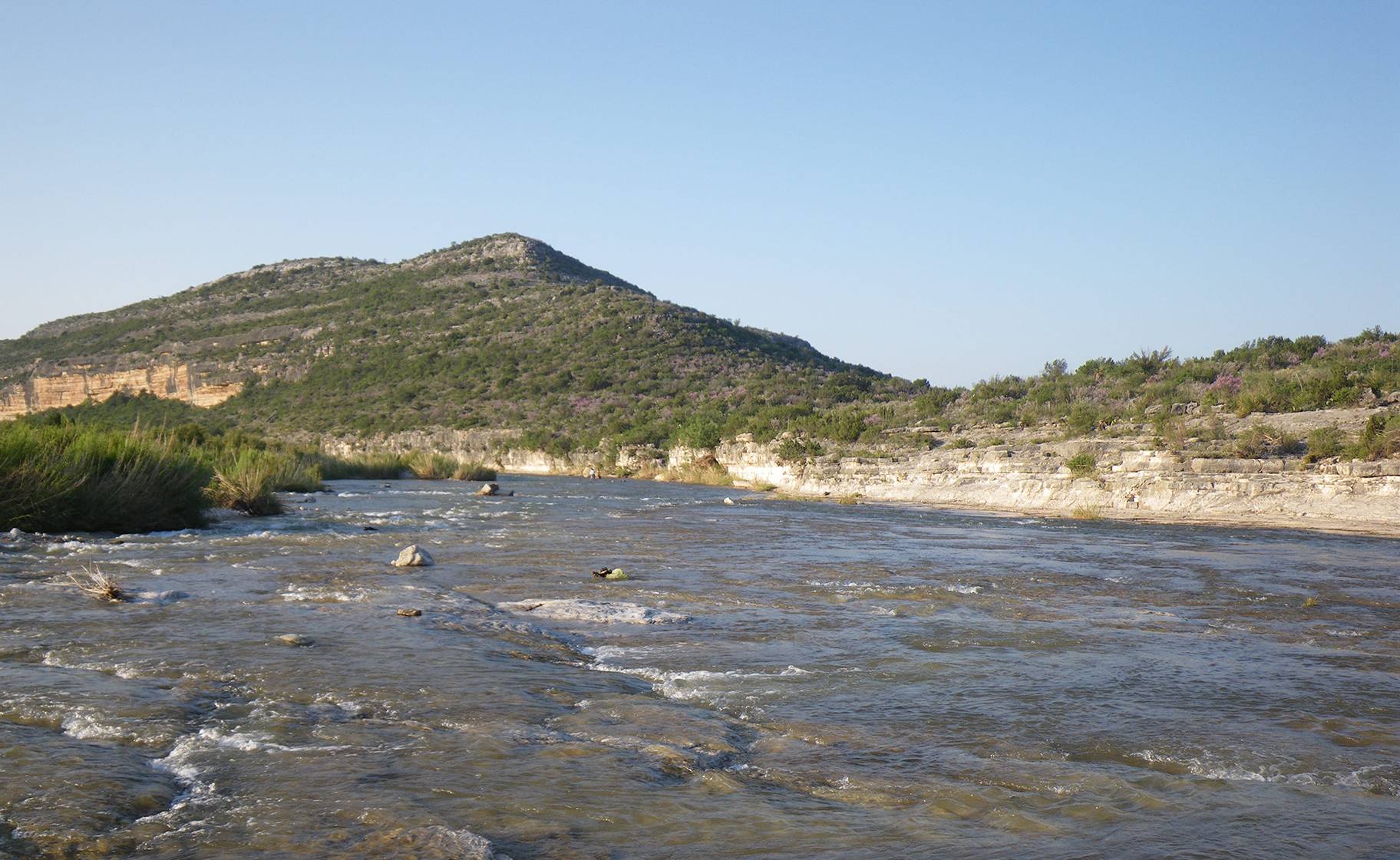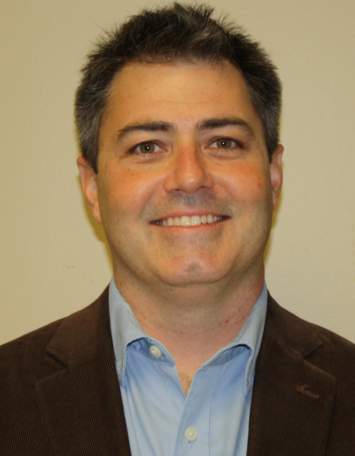Jayme Blaschke | July 1, 2021


Weston Nowlin, a professor in the Department of Biology at Texas State University, has received a $7.5 million grant from the U.S. Army Corps of Engineers to study the populations of native and invasive species in Texas waterways.
The three-year project, “Quantifying drivers of native and non-native aquatic species abundance and distribution in drought- and flood-prone Texas basins,” is a multi-year, multi-investigator collaborative project between investigators at Texas State and the Engineer Research and Development Center at the U.S. Army Corps. Texas State researchers will also collaborate with researchers at Texas A&M University, the University of Tennessee-Knoxville, Utah State University and the University of Guelph, Ontario, Canada.
"It's called ecological futures, and it's very closely linked to climate change. It's related to predicting how native and invasive species will look in the future," Nowlin said. "Our rivers in Texas are going to go through a series of changes predicted with climate change, and we're working with the U.S. Army Corps of Engineers to understand how native species, that we may want to conserve, or how non-native species, that may be problematic, are going to expand their ranges or constrict their ranges in the future under different climate change scenarios."
The research project will study how varying river conditions, such as flooding and drought, combine with landscape-level factors, such as climate and land use patterns, to affect the distribution and abundance of organisms within and across river drainages in the state. The research will examine the response from a broad ecological range of species, including bacteria, fish, freshwater mussels and invertebrates.
"The big question is how climate change affects the hydrology, how flows occur in these systems," he said. "One of the big projections we see in the future, what climate change models tell us is to expect more variable hydrology. More extreme events. More drought and more flooding.
"Those kinds of disturbances we would see under climate change scenarios could have negative implications for native species, or positive implications for non-native species. Or vice versa. We want to tease out those relationships," Nowlin said. "We're really focusing on how hydrology varies and how climate change may affect hydrology. What does that mean for conservation? What does that mean for native taxa or the spread of non-native taxa?"
Texas represents a unique and fascinating natural laboratory to examine how these factors affect organisms because Texas rivers are prone to flooding and droughts. The rivers also cross pronounced climatic and ecoregion gradients within the state as they flow to the Gulf of Mexico. Because the research will examine how organisms respond to these factors, it also has substantial implications for predicting how ecological communities in the rivers may respond to future climate change.
The project will also create the Texas Research Institute for Aquatic and Groundwater Ecology (TRIAGE) at Texas State. TRIAGE will serve as a collaborative research entity for researchers at Texas State and elsewhere to work on applied and basic research examining the ecology of aquatic systems in Texas and the region. A major component of TRIAGE is establishing a state-of-the-art experimental stream facility at Texas State's Freeman Center, a 3,500 acre Hill Country ranch dedicated to research, education and outreach. The stream facility will initially consist of 24 artificial streams that will be used for mechanistic experiments to test the possible causes of observed larger-scale patterns in Texas rivers.
For more information, visit https://nowlinaquatecollab.wp.txstate.edu/.
Share this article
For more information, contact University Communications:Jayme Blaschke, 512-245-2555 Sandy Pantlik, 512-245-2922 |
